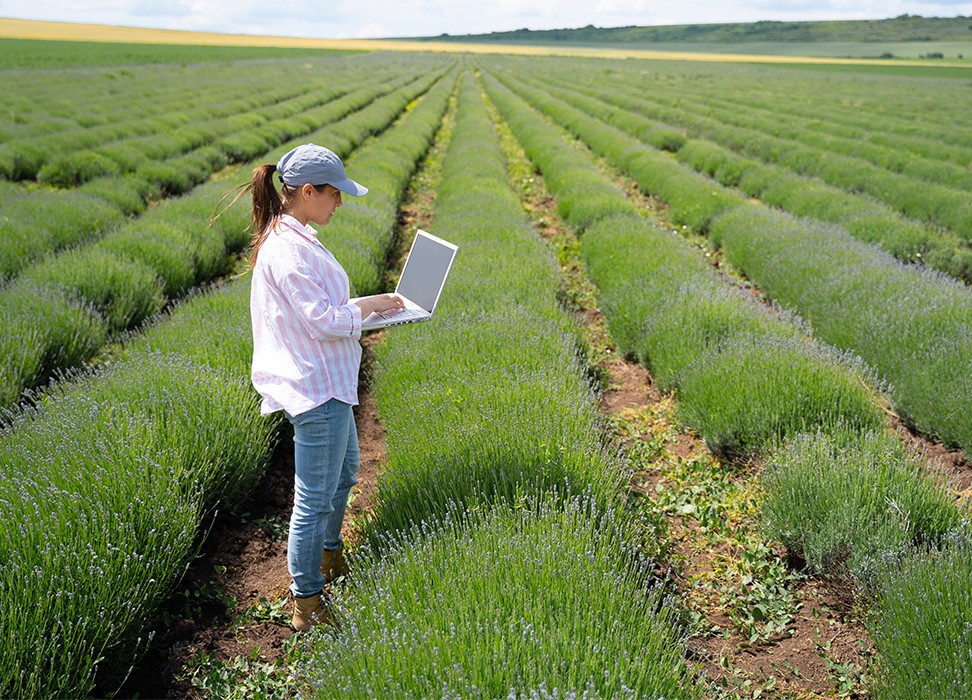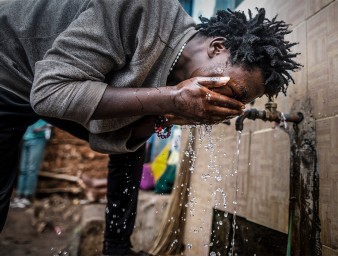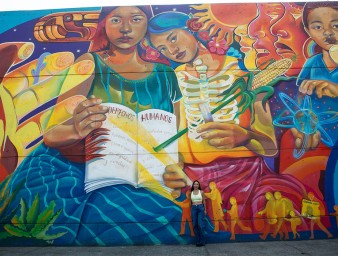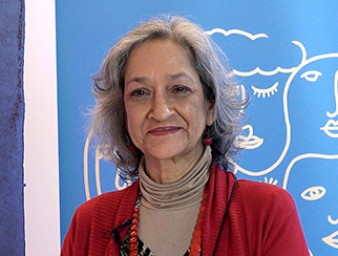New treaty would codify right to development
11 May 2023

“Unless you have equitable development in society, the people of that society cannot really enjoy the benefits of all other human rights,” said Zamir Akram, Chair-Rapporteur of the Intergovernmental Working Group on the Right to Development (IGWG).
For Akram, former Ambassador and Permanent Representative of Pakistan to the UN in Geneva, this “equitable development” falls under the umbrella of the right to development. The concept, born of decolonization and the fight for global justice, is enshrined in the 1986 UN Declaration on the Right to Development.
The Declaration established the right to development, or RTD for short, as “an inalienable human right by virtue of which every human person and all peoples are entitled to participate in, contribute to, and enjoy economic, social, cultural and political development, in which all human rights and fundamental freedoms can be fully realized.”
“Yet, once adopted, the Declaration languished and an unfortunate political polemic grew,” said Ayuush Bat-Erdene, Chief of the RTD Section at UN Human Rights. “Discussions among Member States were difficult, even reaching an impasse at one point. The right to development has not nearly reached its full transformative potential, so many Member States in Global South and civil society organizations support the need to have a legally binding instrument.”
It took more than 30 years of wrangling to finally reach a breakthrough. This came in September 2018, when the Human Rights Council (HRC) adopted Resolution 39/9, calling for drafting of a legally binding treaty on the right to development. Those discussions are almost complete, with a final draft text within reach.
The path to a treaty
The idea of a legally binding RTD treaty emerged during a summit of the Movement of Non-aligned countries in 1998 in Durban, South Africa, under the leadership of then President Nelson Mandela. The summit’s outcome document called an eventual convention “an important step towards implementing the right to development.”
Twenty years would pass between that initial document and the HRC’s 2018 request for drafting the convention, but things then moved quickly. A first Draft Convention text on the Right to Development was ready by January 2020, and a session of IGWG in May 2023 is expected to conclude discussions for the Chair-Rapporteur to deliver a final text for submission to the 54th session of the Human Rights Council in September. The HRC will then have to decide whether to forward it to the UN General Assembly (UNGA) in New York for debate, providing the document with a broader multilateral platform and giving it political momentum. If adopted by the UNGA, 20 countries would have to ratify the convention for it to come into force.
Moving negotiations from Geneva to New York is not without precedent: discussions on the 1986 Declaration, too, were moved to the UNGA from the Commission on Human Rights when a working group of 15 government experts failed to agree a text over nine meetings in four years.
While drafting of the Convention faced many obstacles, these were dealt with in a “highly consultative, transparent and participatory process,” said Mihir Kanade, Chair of the Expert Drafting Group on the Legally Binding Instrument on the Right to Development. Among the hurdles he described were the political divergence among states split across North-South lines on whether the right to development should be realized through soft law instruments or through an international treaty and disagreements on the precise contents of the treaty.
There were also concerns about aligning the treaty’s language to existing agreed text, but Ambassador Akram said they are being addressed.
“My effort has been in working with the legal experts to ensure that this convention is based on existing agreed consensual international language,” he said. “There will be no contradiction between the rights and obligations under this convention and other rights and obligations that have already been accepted by the international community.”
A game-changing convention
The proposed treaty grapples with such issues as sovereignty over natural resources, self-determination, and equality of opportunities.
“Most important are principles of participation to advance civic space and fair sharing of development benefits to address inequality,” said Bat-Erdene of UN Human Rights. “The 1986 Declaration is the only human rights document which brings together peace and security, development, and human rights, and the draft convention is based on the declaration. The convention would clarify Member States’ responsibilities, and allow ordinary people to claim their rights.”
“We are now living through a much more mainstream acknowledgement that there are deep systemic inequities and imbalances, especially with respect to the international economic order,” said Chee Yoke Ling, Executive Director of the Malaysia-based Third World Network advocacy and research group. “The right to development takes us right to the heart of these systemic problems. At a minimum, it would hold all different actors accountable. It would shine a light on the inequities.”



